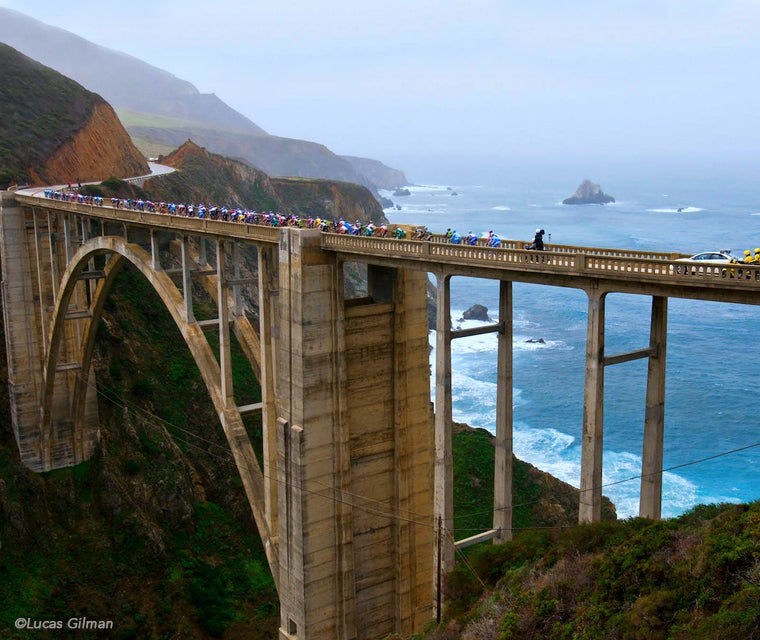We could all take a camera to the same scenery or studio and walk away with completely different work to show for it. Be it our lighting, lens choice, perspective, or variety of other photographic elements, this is where the artistry of photography lies. When we start offering our art as a service, collaboration can push our limits. How can you go from a studio to macro to action shots and maintain integrity in your work? Lucas Gilman will be shooting in our studio this week to discuss the high pressure he faces in his photography career and demonstrate how to compose and light shots in different scenarios to create gorgeous work shot after shot, creating satisfied clients.
Lucas Gilman is one of the leading adventure photographers and filmmakers in the industry. His powerful and incisive images run in top publications & advertisements worldwide. A love of adventure and an addiction to color creates his distinct style of photography and film making. Lucas documents subjects ranging from expedition kayaking in India and Costa Rica, Surfing in Brazil to back country skiing in Colorado, Alaska, and South America. He has covered international events such as the Tour De France, Kentucky Derby, ESPN X-GAMES, IRONMAN® and NFL Playoffs.

"Shoot images in the moment and never put anything off until tomorrow. You never know what will come tomorrow. The weather could change, the leaves on the trees could blow away, your model/athlete may have to leave unexpectedly - anything that can happen will happen.
For consistent colors and exposures use a narrow tonal range. When photographing a scene that has very bright things and very dark things together (sunlight on water/ shadows in trees) the camera will lose a considerable amount of detail and you’ll end up with an overexposed white, and an underexposed black - which can make for interesting images on occasion. It is best to look for mid-tones with little difference between the brightest highlights and darkest shadow. Flowers and trees, for example, are often best photographed on overcast, drizzly days.
Once you've found your spot and the light is right - shoot, shoot, shoot, and shoot some more. Work with the subject/athlete and take different shots from different angles. The more you take, the more likely you'll succeed with your photographic vision. Don’t be afraid to take ten shots and edit out nine later. SanDisk Compact Flash & SD cards are super affordable these days and it took a lot of time and effort to get to into that perfect position. Find different, unusual viewpoints. Shoot from high and from low. National Geographic magazine uses only 1 out of every 1,000 shots taken on average.
My favorite time to shoot is the hour right after sunrise or the hour just before sunset - known commonly as the golden hour when the sun is low in the sky. The sun at this angle makes for much more interesting and dramatic lighting. Plan you shoots around these hours and you will be amazed at great images you will make.
Try to have something dynamic in the foreground when shooting landscapes. This gives depth and scale - using a person/athlete also adds human interest. Look for a high vantage point such as a hotel balcony, roof-top restaurant, or wall. Late afternoon or sunrise is usually best. You can use a polarizer or graduated neutral density filter to enhance the sky. Really study the light especially when shooting from a high angle. Shadows can be your best friend, and make for very interesting photos.
Shooting water and snow calls for creative shutter speeds - very slow or very fast, but nothing in the middle. Experiment with a slow shutter speeds, perhaps 1 -10 seconds so that the rushing water creates a soft, romantic blur, or shoot at a shutter speed above 3000/sec to freeze every drop of water. A polarizer can cut glare but may also reduce cool reflections on the water. Backlit water can really add depth to an image as well as water. that is frozen by a fast shutter speed on a dark background - the same goes for snow.
The best time to shoot sunsets is just before the sun hits horizon, and the afterglow 10-30 minutes after the sun has set. Meter off the brightest part of the sky. Try adding a person or athlete in the foreground (they’ll appear as a silhouette) for human interest, depth and character. Make sure the background area behind the subject is free of clutter."


